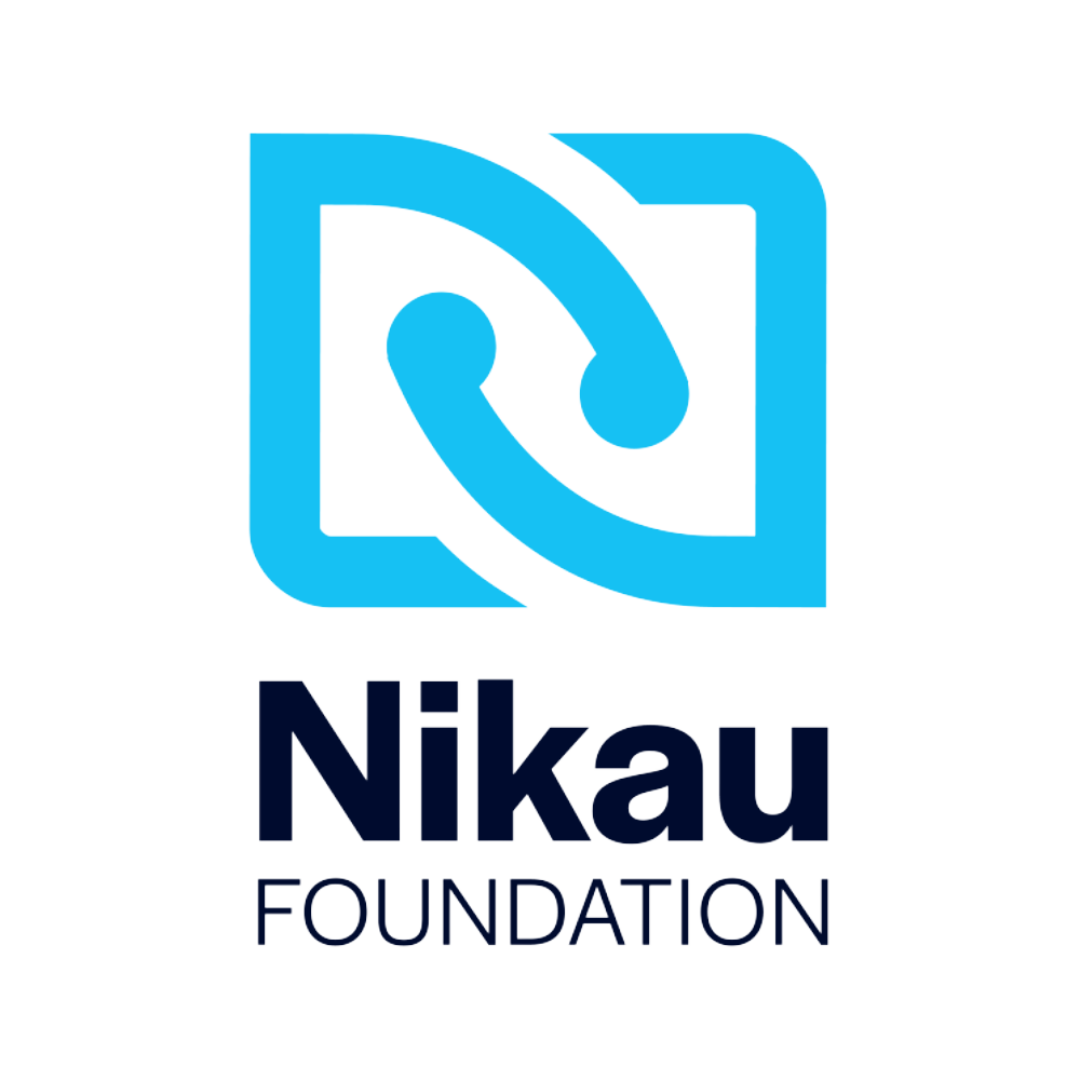Bringing an environmental legacy to life
Kahutara School students learn about local fauna on the banks of the Ruamāhanga River. Image credit: Ruamāhanga Farm Foundation.
“Thank you! Those sound like projects John really would have loved!” says David Mulcock in an email sent in late 2024. His friend the late John Illingworth had left a bequest to Nikau 4 years before, and David was checking in to see how John’s generosity was giving back.
Having worked at the Ministry of Agriculture and Fisheries for a number of years where he had met his partner Helen O’Dea, John was worried about the effects of climate change. “His view was fairly pessimistic,” says David. “I think at the end he thought he would do what he could.”
Bringing a legacy to life
John’s vision for the O’Dea Illingworth Fund was to support climate change research, action and prevention and soil science research.
As guardians of John’s generosity, Nikau’s role is to bring his vision to life through effective, informed grant-making. “We know from our conversations with our communities that there isn’t one solution to address climate change,” says Nikau Foundation’s Funding and Relationships Manager Lindy Young. “It requires grassroots action, policy change, research and education, so we wanted to make sure our funding addressed this issue on multiple levels.”
“The challenge with environmental action is that it is so multifaceted,” says Mātaki Environmental Director Dr Marie Doole. “We have to recover past environmental losses, maintain gains and prepare for the future.”
Amplifying community voices for climate action
‘Democracy done better’ is a term that The People Speak/ Te Reo o Ngā Tāngata live by. Working in partnership with Te Rūnanga o Toa Rangatira, they have a goal to elevate community voices to encourage local government action and create a more climate-resilient Aotearoa.
“We know that effective change can happen when engagement and collaboration is encouraged between community and decision makers,” says Te Rūnanga o Toa Rangatira Systems Change Lead Jodi Watene. With this focus, The People Speak’s Porirua Climate Assembly will bring together 50 local residents of different backgrounds, ethnicities, genders and income levels to discuss and deliberate on local climate change action.
“We want to create a space where all voices can be heard,” says Te Reo o Ngā Tāngata Participatory Designer, Cally O’Neill. “We know that current governance structures aren’t addressing climate change as well as they could. The Assembly is an opportunity to bring people together, share and build knowledge of key issues, and encourage solutions that meet the needs of the whole community.”
Recommendations for local initiatives and action from both the Assembly and Ngāti Toa’s mana whenua group, will be presented to the Porirua City Council in mid-2025.
Creating a pathway for improved marine protection
On a national level, the World Wide Fund for Nature New Zealand (WWF) is working to expedite policy to protect our marine environment.
“Although Aotearoa New Zealand has the fifth largest ocean territory, less than 0.5% is currently protected,” says WWF Chief Executive, Dr Kayla Kingdon-Bebb. To mitigate the environmental, social and economic risks of the health of our ocean continuing to decline, WWF is working with the National Iwi Chairs Forum and the Ngāti Kuri Trust Board to address the barriers to expanding marine protection.
A key step is developing a coalition of researchers, kaitiaki, environmental groups, and key industry players. Working collaboratively, this group will aim to set a pathway for establishing new protected areas in ways that uphold te Tiriti o Waitangi/the Treaty of Waitangi. “The most powerful levers we can pull are government policy and the practice applied within industry,” says Kayla. Ultimately, the goal is to increase marine protection to 30% of Aotearoa's ocean territory.
With no local field staff, WWF relies on policy analysis and advocacy with government and industry to realise their mission of creating a future where people live in harmony with nature. With a grant from the O’Dea Illingworth Fund, WWF was able to support the salary of a conservation impact advisor to help get this project off the ground.
“When it comes to creating nature-positive outcomes, the investment in people power is crucial,” says Kayla.
Inspiring the next generation
On a crisp, fine morning, students from Kahutara Primary School assemble on the edge of Lake Wairarapa. Throughout the morning, they monitor local bird populations, measure water quality and learn about the relationship between the sea and the Ruamāhanga River.
Running for 130km through the valleys of the Wairarapa, the Ruamahānga River is a well-known feature in the region. However, as reported in a 2018 Ministry of Environment Water Quality Report, it is also one of the most polluted. “For many years the river has been seen as a problem and something to be feared,” says Ruamahānga Farm Foundation Co-Founder, Jane Riddiford.
“With the onset of climate change, there is an urgent need to reframe our understanding of the river and our relationship to it,” she says. “Rather than working against it we need to learn to work with it.”
Established in 2021, the Ruamāhanga Farm Foundation works with local landowners, volunteers and school students, to improve the health of the river and the surrounding whenua (land). For the Foundation, engaging the next generation is an important part of securing the future of the land.
“Despite living in the countryside, a significant number of children lack opportunities to contribute positively to the whenua and to play a part in projects like wetland restoration,” says Jane. Ruamahānga Farm Foundation’s educational field trips provide access to these hands-on wetland, riparian forest and freshwater conservation experiences.
With help from the O’Dea Illingworth Fund, the Foundation was able to run 19 field trips for students from Kahutara, Southend and Martinborough Schools, encouraging inspirational connection with nature for the next generation.
Growing future forests
“One tree was gifted 28 minutes ago,” exclaims a notification on the screen. To be planted on Wellington’s South Coast, it is one of thousands donated online through Trees That Count every year.
Originally established as the Project Crimson Trust to address the decline of Aotearoa New Zealand’s pōhutukawa, Trees That Count embraces the power of technology to connect passionate planting groups with financial support to make projects happen.
“With the urgency of restoring our environment greater than ever, we’ve grown our vision to transform landscapes at scale,” says CEO, Robyn Haugh. “We’re supporting projects that deliver powerful outcomes – from erosion control and water quality improvement to creating wildlife corridors and protecting endangered species.”
Locally, funding from the O’Dea Illingworth Fund has assisted with planting 2,773 native trees across various restoration projects, including the streamsides and wetlands of the Muaupoko Stream, improving water quality and renewing its climate resilience.
A powerful environmental legacy
“Climate change initiatives have a really long delivery horizon,” says Kayla. “Unfortunately, nothing is going to change overnight, and long-term funding is really important.”
“We know that insecurity of funding limits the impact of environmental action,” says Marie. “The advantage of endowment funds, like O’Dea Illingworth, is that they allow support of initiatives at the timescales they need to be funded on.”
For years to come – as trees grow tall along our streams, new policies are enacted, communities take charge and new generations find joy in nature – John Illingworth’s generosity will continue to make an impact.
Download our 2024 Impact Report
Featuring almost 50 voices from accross the for-purpose sector - from volunteers to donors, funders to people on the front lines, founders to for-purpose organisations - Nikau’s 2024 Impact Report shares stories of impact and generosity from accross Te Upoko-o-te-Ika-a-Maui, the Greater Wellington region, funding and philanrthopy trends and key mahi to grow generosity to support the people and places of our region.



